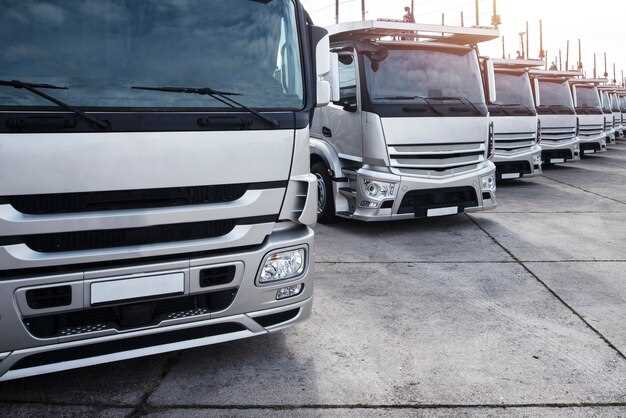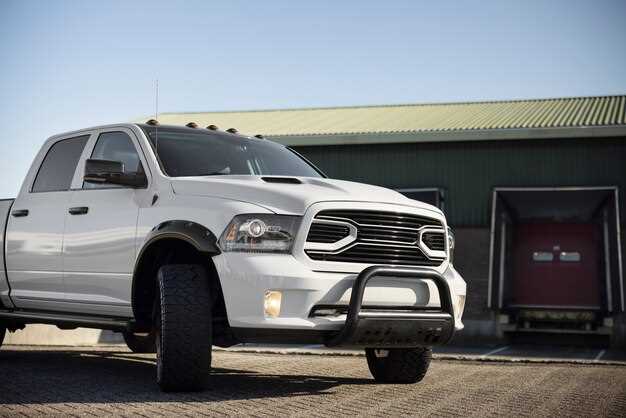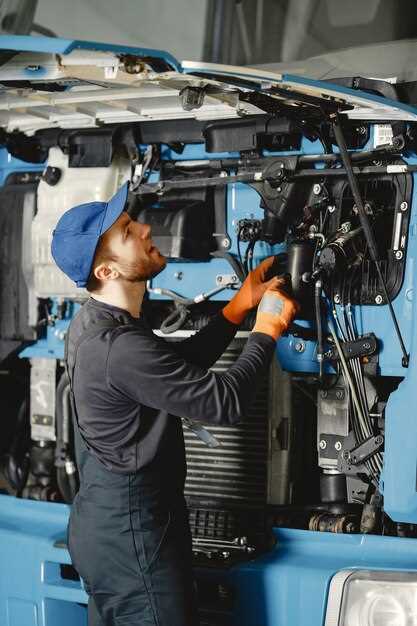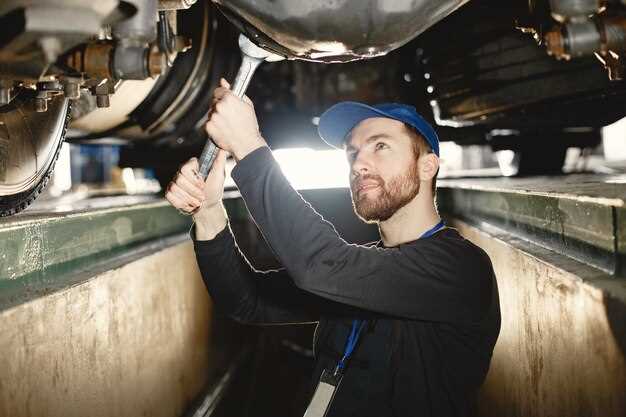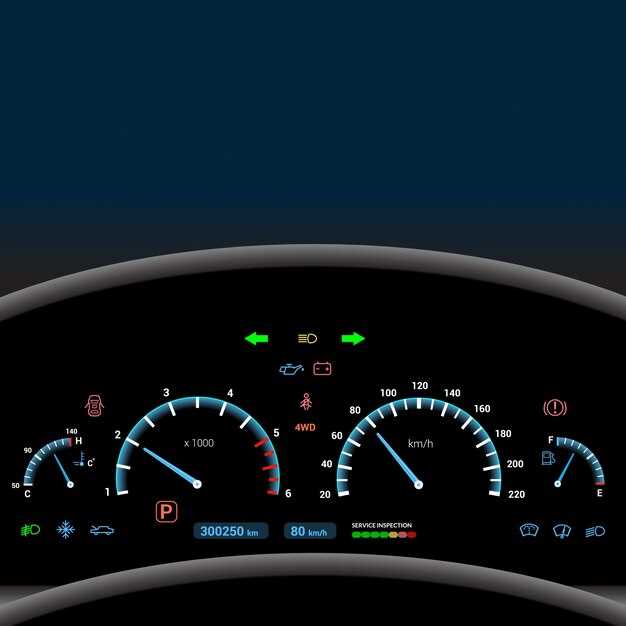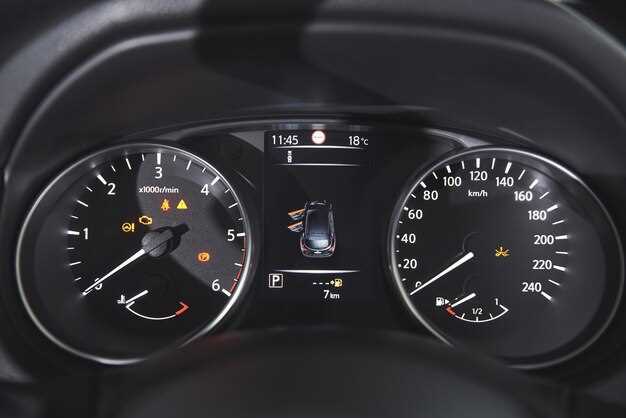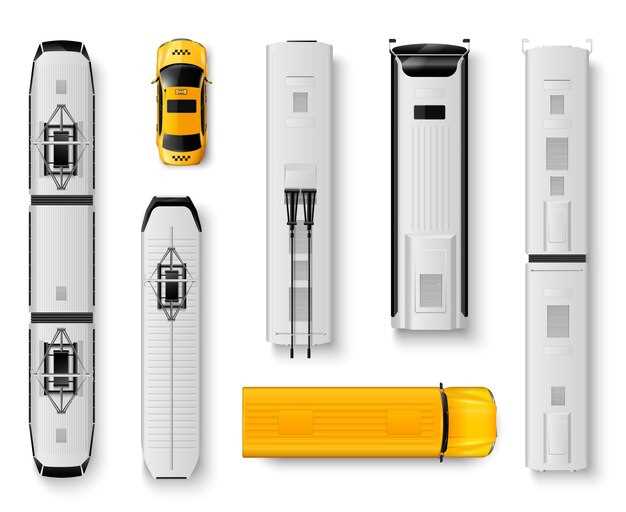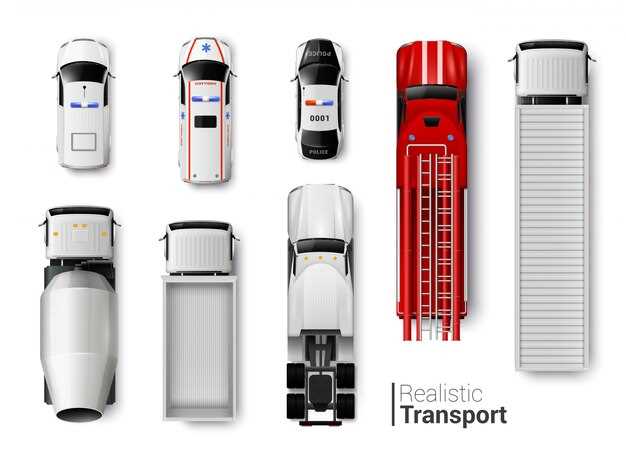
When it comes to off-roading adventures, having the right vehicle can make all the difference. The thrill of navigating rugged terrains, crossing streams, and conquering challenging trails requires a truck that combines power, durability, and advanced technology. Off-roading is not just a hobby; it’s a lifestyle that demands vehicles built to endure harsh conditions while providing comfort and reliability.
The best trucks for off-roading are designed with innovative features that enhance performance and safety on uneven ground. From specialized suspensions to reinforced chassis, these trucks are equipped to handle steep inclines and rocky paths. Additionally, all-terrain tires and improved ground clearance are just a few elements that allow these vehicles to tackle any obstacle that nature throws their way.
In this article, we will explore some of the top trucks available for off-road enthusiasts. We’ll evaluate their capabilities, features, and what sets them apart from their competitors. Whether you’re an experienced off-roader or just starting your explorations, choosing the right truck can greatly enhance your outdoor experiences. Let’s dive into the world of off-roading and discover the best options available today.
Top Features to Look for in an Off-Road Truck
When choosing an off-road truck, several key features can significantly enhance your adventure experience. Here’s what to prioritize:
- Four-Wheel Drive (4WD) or All-Wheel Drive (AWD): Essential for off-road capabilities, a reliable 4WD system provides better traction and control on rugged terrain.
- Ground Clearance: Higher ground clearance allows the vehicle to navigate over rocks, logs, and uneven surfaces without damaging the undercarriage.
- Tires: Off-road tires with deep treads enhance grip on slippery or loose surfaces. Look for tires designed for all-terrain use.
- Suspension System: A robust suspension system absorbs shocks and bumps, ensuring a smoother ride over rough terrain.
- Approach and Departure Angles: These angles determine how steep an incline or decline your truck can handle without scraping. A greater angle enhances off-road capability.
- Durability: Sturdy construction materials and protective features like skid plates help resist damage from rocks and debris.
- Performance Features: Look for features like selectable driving modes, locking differentials, and effective hill descent control to optimize performance on challenging trails.
- Payload and Towing Capacity: If your adventures involve hauling gear, ensure the truck can handle the weight safely and efficiently.
- Technology and Navigation: Modern off-road trucks may feature advanced GPS, terrain mapping, and traction control systems that improve navigation and safety.
- Comfort and Interior Features: Off-roading can be demanding, so comfortable seating and practical interior layouts can improve your overall experience.
With these features in mind, you can select an off-road truck that will provide both the durability and performance needed for your explorations.
Comparative Review of Popular Off-Road Truck Models

The off-road truck market is filled with a variety of models that cater to adventurers seeking performance, durability, and comfort. This comparative review examines some of the most popular off-road trucks, focusing on their key features, capabilities, and overall performance.
Ford F-150 Raptor is widely known for its exceptional off-road prowess. Powered by a high-output 3.5-liter EcoBoost V6 engine, it delivers robust acceleration and torque. The Raptor features a specially tuned suspension system with long-travel Fox Racing shocks, making it highly capable on rugged terrains. Its Terrain Management System allows drivers to switch between multiple driving modes, optimizing performance depending on the environment.
Chevrolet Colorado ZR2 stands out as a mid-size truck that balances daily driving with off-road capabilities. It boasts an innovative Multimatic DSSV shock absorber system that dramatically enhances ride quality and handling on rough surfaces. The Colorado ZR2 is equipped with a 2.8-liter Duramax turbo-diesel engine, providing excellent torque, making it suitable for towing and navigating challenging trails.
Ram 1500 Rebel combines comfort with formidable off-road equipment. Its air suspension system offers adjustable ride height, allowing for better clearance on uneven terrain. The Rebel is available with a 5.7-liter HEMI V8 engine, providing ample power for various off-road activities. Additionally, its well-appointed interior makes it an attractive option for those who value both adventure and comfort.
Toyota Tacoma TRD Pro has a strong reputation in the off-road community, thanks to its rugged build and reliability. The Tacoma TRD Pro features a 3.5-liter V6 engine and includes upgraded Fox shocks that ensure effective dampening over rough obstacles. Its crawl control system aids in maintaining traction on steep inclines and declines, enhancing its capability in tough conditions.
Nissan Titan XD offers a unique blend of heavy-duty performance and off-road capability. With a 5.6-liter V8 engine, it provides a strong towing capacity while also being equipped with off-road features like skid plates and hill descent control. The Titan XD’s wide chassis and adaptive snow, mud, and sand modes make it a versatile choice for those who frequently explore diverse terrains.
When selecting an off-road truck, considerations such as engine power, suspension design, and feature sets are critical for ensuring a suitable match to your adventure needs. Each of these models provides unique strengths that make them worthy contenders for off-road enthusiasts, and the best choice ultimately depends on the specific requirements of the driver and the type of terrain they plan to tackle.
Maintenance Tips for Keeping Your Off-Road Truck Ready

Regular maintenance is essential for ensuring your off-road truck performs optimally during adventures. Start by checking and changing the oil as per the manufacturer’s recommendations. Fresh oil reduces engine wear and improves performance.
Inspect and maintain the air filter regularly. Off-road environments often lead to dirt accumulation, which can restrict air flow and reduce engine efficiency. A clean air filter enhances fuel economy and engine longevity.
Tire care is critical for off-road trucks. Regularly inspect tire pressure and tread depth. Ensure tires are appropriate for off-road terrains, and consider rotating them periodically to promote even wear. Inspect for punctures and other damage after every adventure.
Brake system maintenance should not be overlooked. Check brake pads and rotors frequently, especially after challenging trails. Off-road conditions can wear down brakes faster, so replace them as necessary to ensure safety.
Examine the suspension components, such as shocks and struts, for any signs of wear or damage. Off-roading puts additional strain on these parts, so addressing any issues promptly will enhance ride quality and handling.
Battery maintenance is also important. Keep the connections clean and secure, and periodically check the battery’s charge level. Off-road driving can drain the battery faster, especially if using additional accessories.
Flush and refill the coolant system regularly to prevent engine overheating. Ensure hoses and connections are secure, and check for leaks. Overheating can lead to severe engine damage, especially in rugged terrains.
Finally, clean your truck after each off-road excursion. Removing mud and debris prevents corrosion and maintains the truck’s aesthetics. Pay special attention to undercarriage components and wheel wells, where buildup can cause long-term damage.






